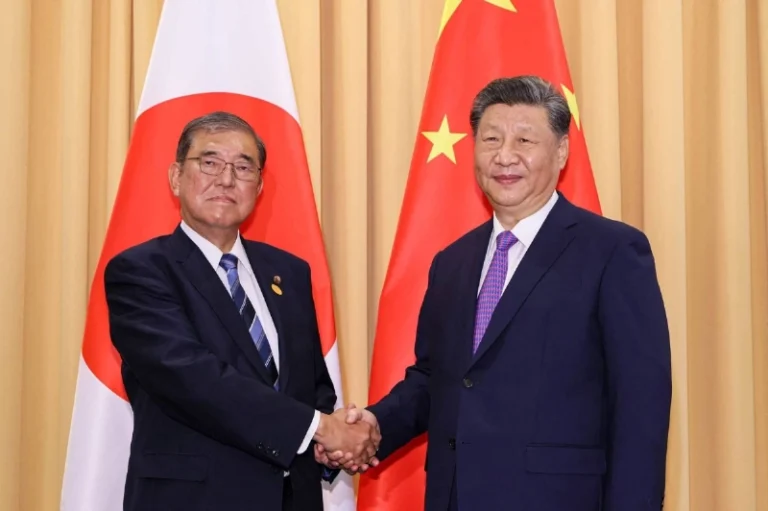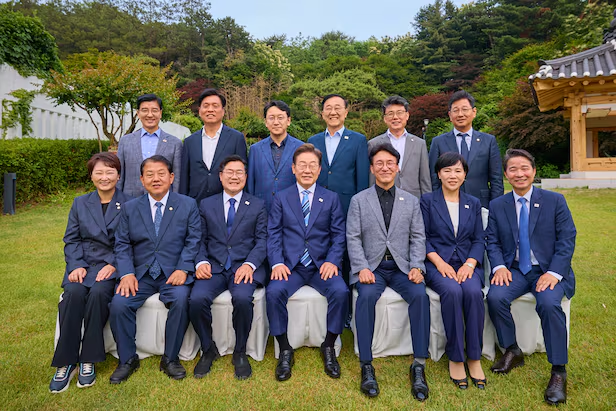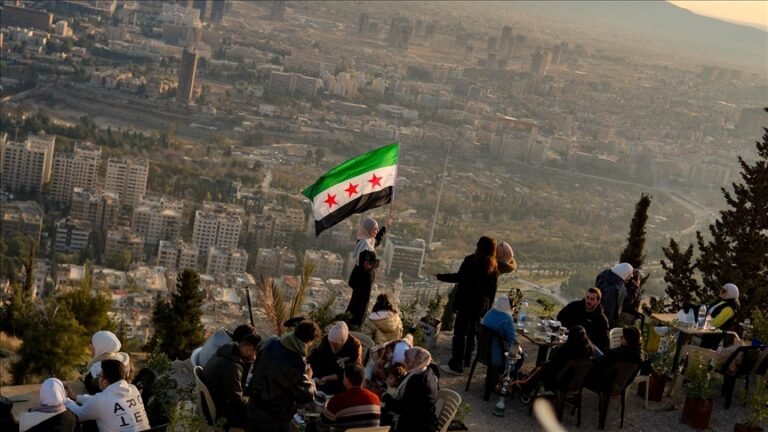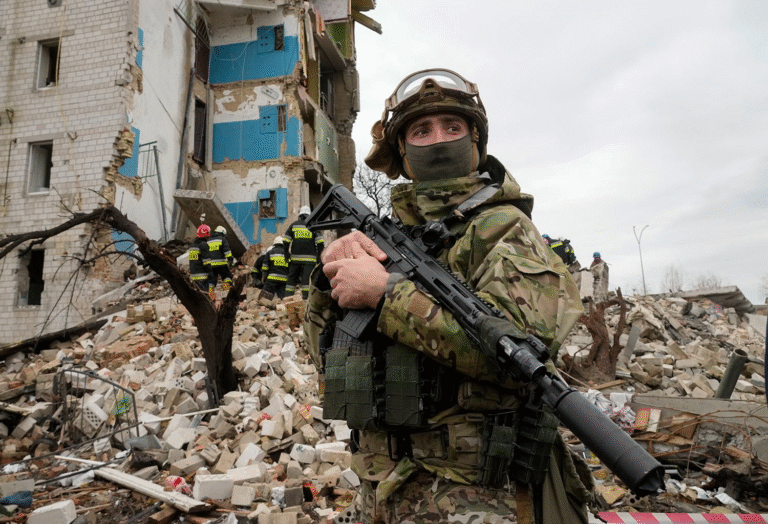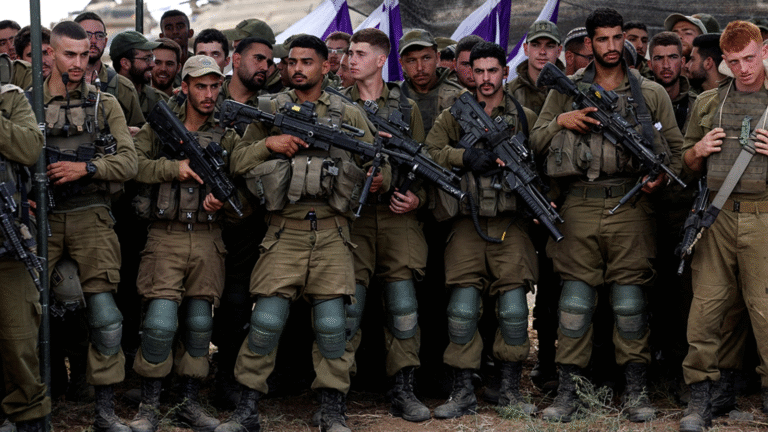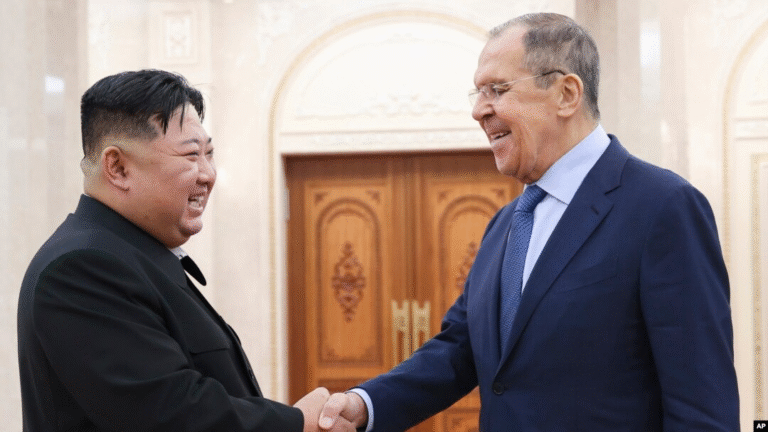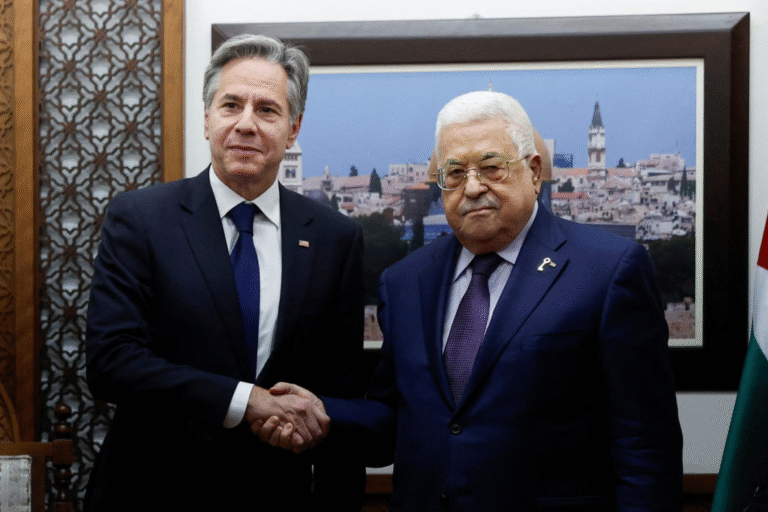07/07/2025
Pollution of Araz River by Armenia’s mining industry actions. Photo Credit
Azernews, 2022.
By Mikayil Guluzade
The America-Eurasia Center
www.EurasiaCenter.org
Civil Society Program
Eurasia News
Do Azerbaijani Turks Have Freedom in Iran?
long raised concerns about systematic discrimination, cultural marginalization, and environmental
degradation in the northwest provinces of the country where they form a majority. Recent
developments, including neglect of historical heritage, restrictions on cultural expression,
deteriorating infrastructure, and environmental threats, have reignited debates about the Iranian
State’s treatment of its largest ethnic minority group. These issues have been increasingly voiced
through social media platforms and diaspora advocacy groups, where deep-rooted frustrations over
Tehran’s policies toward non-Persian ethnic communities have been revealed.
Cultural Heritage Under Threat: The Khodayari House
One of the most recent examples of cultural neglect cited by South Azerbaijani activists is the
deterioration of the historic Khodayari House in Maragha. This architectural landmark represents an
important piece of the region’s cultural and historical fabric. However, despite repeated calls from
local civil society groups and historians for its restoration, the Iranian authorities have failed to take
any meaningful action. The indifference expressed by the State towards preserving such sites is
viewed as part of a broader trend of marginalizing Azerbaijani cultural heritage.
Despite numerous appeals by South Azerbaijani cultural activists to government institutions
regarding the preservation of historical monuments, no funds are being allocated for the restoration
of several historical sites in Southern Azerbaijan. In this context, the lack of funding for the
restoration of the “Abbas Mirza Castle” from the Qajar era in the Kaleybar region, the “Fathullah
House” and “Robe Rashidi” monuments in Tabriz, and the “Sahib al-Amr” Square is seen as a sign
of the Iranian regime’s indifference toward Southern Azerbaijani heritage.
Scholars such as Gulamhuseyn Mammadov (2023) have noted that the cultural identity of
ethnic minorities, including Azerbaijani Turks, is often undermined by Iran’s centralizing policies,
particularly when it comes to the preservation of non-Persian heritage sites (Mammadov, 2023).
Cultural Expression: Controlled and Confined
Recently, the Parla music group from Tabriz, known for performing Azerbaijani music and
traditional dances, was permitted to perform in Tehran. However, paradoxically, the same group
faces ban in their home city and surrounding Southern Azerbaijani towns. This paradox illustrates
the state’s tight control over cultural expression: it may be tolerated in controlled environments like
the capital, but it is repressed in its regions of origin. Human Rights Watch has documented how cultural events celebrating Turkic heritage in Iran are frequently disrupted or prohibited, especially in areas with strong Azerbaijani identity. (Human Rights Watch, 2019). Although Article 15 of Iran’s Constitution allows the use of regional languages in media and education, the implementation of these policies remains minimal, especially in
Azerbaijani-majority provinces (Constitution of Iran, Constitute Project).
Infrastructure and Education: The Case of Tufargan
In Tufargan (Azarshahr), it is reported that more than 50% of schools and educational
buildings are unusable due to neglect. This educational crisis is not isolated. According to reports
from the UN Special Rapporteur on the situation of human rights in Iran, ethnic minorities in Iran
often face underinvestment in education and infrastructure, contributing to systemic socio- economic
marginalization (UN Reports, 2023). Moreover, schoolbooks and curriculum often exclude the history and culture of Azerbaijanis, despite their large presence in the national demographic makeup. UNESCO has repeatedly
encouraged Iran to adopt inclusive educational policies for ethnic and linguistic minorities, with
limited progress.
Healthcare Gaps in Hamadan
Hamadan province, home to many Azerbaijani Turks, is experiencing a critical shortage of
medical staff. While data on ethnic breakdowns of health access is limited due to Iranian state
restrictions, the socioeconomic inequality between core and peripheral regions of Iran is well-
documented. The World Health Organization (WHO) and other international agencies have cited
regional disparities in healthcare access in Iran, especially in minority-dominated provinces. (World
Health Organization, 2024). Scholars such as Shirin Hakim have argued that these disparities are partly the result of centralized budget allocation processes that prioritize major urban centers like Tehran, often leaving
peripheral and ethnically diverse regions behind. (Hakim, S. 2020).
Environmental Degradation: From the Araz River to Lake Urmia
One of the gravest concerns is the pollution of the Araz River, exacerbated by industrial waste
from Armenia. Bilateral cooperation over transboundary environmental issues have been minimal,
and activists in South Azerbaijan have linked this pollution to rising cancer rates in the region [7].
In parallel, the crisis of Lake Urmia, once the largest saltwater lake in the Middle East is a
symbol of environmental mismanagement. Satellite data confirms a sharp decline in the lake’s
surface area over the past 30 years. (NASA Earth Observatory, 2015–2021). According to
environmental organizations and Iran’s own Department of Environment, damming of rivers and
overuse of water for agriculture have significantly contributed to this disaster. Although the Iranian
government launched a revival plan in 2014, progress has been inconsistent and underfunded.
(Iranian Department of Environment, 2018).
Amid the Iranian regime’s deliberate aggravation of the ecological crisis in Southern Azerbaijani provinces, the operation of the “Anjard” copper mine in Ahar has led to the destruction of farmland and the pollution of water sources. Additionally, the discharge of waste from the “Agarat” Copper-Molybdenum Plant operating in Armenia into the Araz River has further deepened environmental problems in the region, contributing to a rise in cancer cases in Ardabil province. Furthermore, in Varzeghan County of East Azerbaijan province, the extraction of soil from the “Sungun” copper mine, conducted in cooperation with Armenia, and its transportation to Kerman
city for processing, followed by the return of environmentally harmful waste back to Varzeghan, has
significantly worsened the ecological crisis. The UN Environmental Program and Iranian NGOs such as the Lake Urmia Restoration Program have warned that unless urgent action is taken, the lake’s deterioration could lead to
catastrophic health and economic consequences, especially for nearby Azerbaijani communities. (UN
Environmental Program, 2020).
A Broader Pattern of Discrimination
With an estimated population of 15–20 million, Azerbaijani Turks are Iran’s largest ethnic
minority. Despite this, their language is largely absent from the formal education system, and cultural
rights remain restricted. International bodies, including Amnesty International and the UN Special
Rapporteur on Human Rights in Iran, have frequently criticized Iran’s discriminatory policies toward
ethnic minorities. (Amnesty International, 2022).
One of the widespread forms of pressure against the thousands of political prisoners arrested
in Iran over the past year has been the denial of adequate medical care in detention centers and
prisons, the unlawful extension of detention periods, and the confinement of individuals often under
baseless charges in Tehran’s “Evin” prison, which is known for housing political detainees. Prisoners
are frequently denied permission to speak with their families by phone. Despite his critical health
condition, national activist Tahir Naqavi, held in Evin prison, has been denied urgent surgery (Gunaz
TV, 2024)
Conclusion
From cultural erasure to infrastructural neglect, and from limited healthcare to environmental
crises, the grievances of Southern Azerbaijanis represent a broader pattern of systemic discrimination
and marginalization. While the Iranian state promotes a unitary national identity centered on Persian
language and culture, it has yet to fully acknowledge the multiethnic reality of its population.
Addressing these issues will require more than sporadic reforms or symbolic performances.
It necessitates a constitutional and institutional commitment to cultural pluralism, decentralization,
and the equitable distribution of resources. Until these demands are met, the calls for justice and
recognition from Southern Azerbaijanis are likely to grow louder, both within Iran and on the
international stage.
Works Cited
Amnesty International. (2022). Trampled Rights: Systemic Discrimination Against Minorities in
Iran.
Gunaz TV. (2024) South Azerbaijani activists imprisoned in the Evin prison are deprived of
necessary medical care.
Hakim, S. (2020). Environmental Governance and Social Justice in Iran. Middle East Institute.
Human Rights Watch. (2019). Iran: Human Rights Abuses Against Ethnic Minorities.
Human Rights Watch. (2020). “Iran’s Crackdown on Azerbaijani Rights Defenders.”
Iranian Department of Environment. (2018). Lake Urmia Restoration Program Progress Report.
Islamic Republic of Iran. (1989). Constitution of the Islamic Republic of Iran (adopted 1979,
amended 1989). Constitute Project.
Mammadov, G. (2023). Iranian Azerbaijanis – from a “Well Integrated” Ethnic Minority to a
Different Identity?
NASA Earth Observatory. (2015–2021). “The Shrinking Lake Urmia.”
RFE/RL. (2021). “Activists Demand Response to Araz River Pollution.”
UN Environment Programme. (2020). Sustainable Water Management in Iran: Challenges and
Opportunities.
United for Iran. (2024). Joint Statement on the Continued Detention and Uncertain Status of
Azerbaijani Turk Activists in Iran’s Evin Prison
UN Special Rapporteur on the Situation of Human Rights in the Islamic Republic of Iran. Reports
(2018–2023).
World Health Organization (WHO). Country Cooperation Strategy for Iran 2020–2024.
